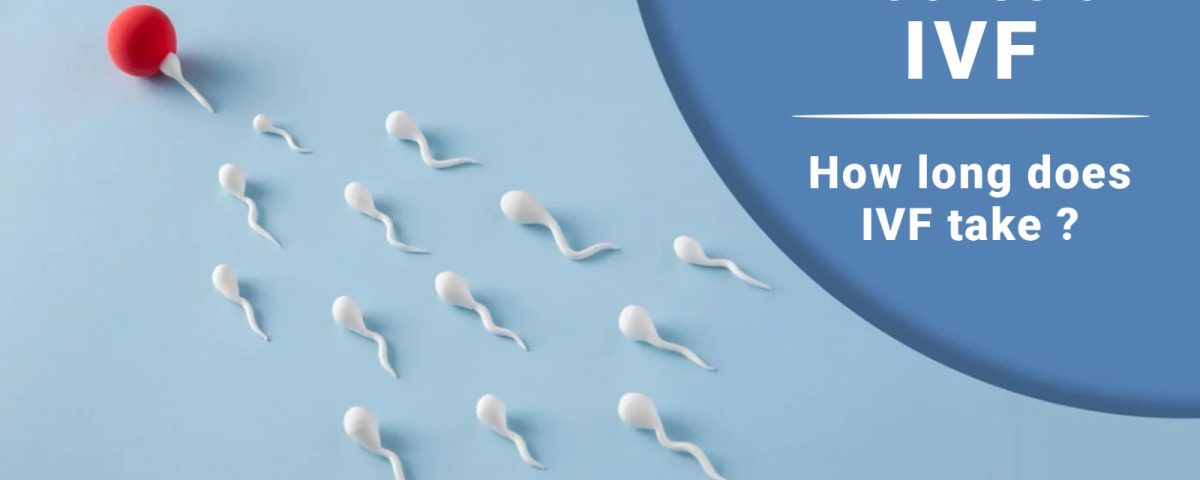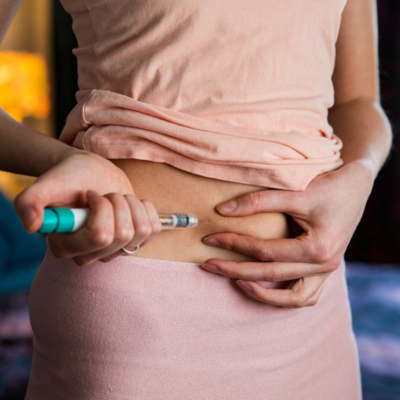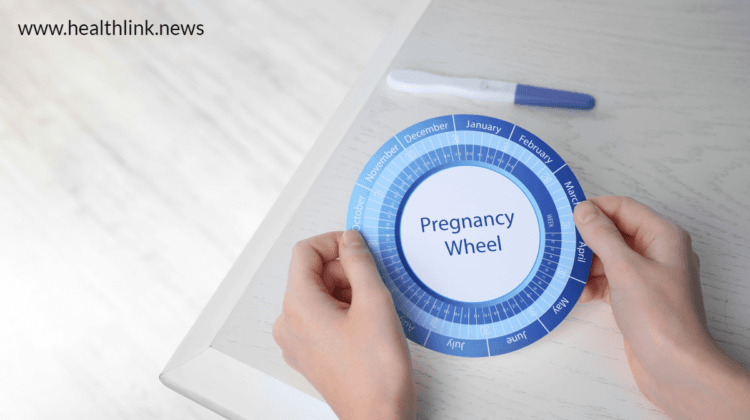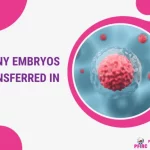
How Many Embryos Are Implanted in IVF?
April 28, 2025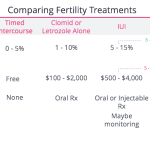
How Much Does IVF Cost Without Insurance?
April 28, 2025How Long Does IVF Treatment Take? Your Complete Guide to the Timeline
Starting a family can feel like a big adventure, especially if you’re considering in vitro fertilization (IVF). If you’re wondering how long IVF treatment takes, you’re not alone—it’s one of the most common questions people have when they begin this journey. The process can seem mysterious at first, but it’s really just a series of steps that work together to help you grow your family. In this guide, we’ll walk you through every phase, from the first appointment to the moment you take that pregnancy test, and even beyond. We’ll break it down into bite-sized pieces, share some real-life insights, and sprinkle in practical tips to make it all feel less overwhelming. Ready? Let’s dive in.
What Is IVF, Anyway?
IVF is a fertility treatment where doctors combine an egg and sperm outside the body in a lab, then place the resulting embryo into the uterus. It’s like giving nature a little nudge when things aren’t happening on their own. People turn to IVF for all sorts of reasons—maybe there are issues with ovulation, blocked fallopian tubes, or sperm quality, or perhaps it’s just unexplained infertility. Whatever the reason, the timeline is what ties it all together, and that’s what we’re here to explore.
The short answer? A full IVF cycle typically takes about 4 to 6 weeks from the start of medications to the pregnancy test. But the real story is a bit longer, because there’s prep work before and follow-up after. Think of it like planning a big trip: you don’t just hop on the plane—there’s packing, booking, and settling in once you arrive. Let’s unpack each part so you know exactly what to expect.
The Big Picture: How Long Does the Whole IVF Journey Take?
When people ask, “How long does IVF take?” they often mean the entire process, not just the cycle itself. From your first doctor’s visit to holding a positive pregnancy test (fingers crossed!), it can take anywhere from 2 to 4 months—or longer if you need multiple cycles. Here’s why: before the “official” IVF cycle begins, there’s a preparation phase that can stretch out over weeks or even months, depending on your situation. After the cycle, there’s waiting, testing, and sometimes tweaking for the next round if things don’t work out the first time.
To give you a clearer view, here’s a quick snapshot of the timeline:
- Prep Phase: 1-2 months (testing, planning, and getting your body ready)
- Active IVF Cycle: 4-6 weeks (medications, egg retrieval, embryo transfer)
- Post-Transfer Wait: 2 weeks (the famous “two-week wait” to test for pregnancy)
- Total Time (First Try): 2-4 months
But here’s the thing: everyone’s journey is unique. Some folks breeze through prep in a few weeks, while others need extra time to address health issues or wait for test results. And if the first cycle doesn’t lead to pregnancy, you might add another month or two for a second try. Let’s break it down step by step so you can see how it all fits together.
Step 1: The Prep Phase—Getting Ready for the Ride
Before you even start injecting medications or counting down to egg retrieval, there’s a groundwork phase that sets the stage. This part can take anywhere from a few weeks to a couple of months, depending on your health, your doctor’s schedule, and how quickly you can get everything lined up.
What Happens Here?
Your doctor will want to know everything about your fertility health. This means tests—lots of them. For women, that might include blood work to check hormone levels, an ultrasound to look at your ovaries and uterus, and maybe even a hysteroscopy to peek inside your womb. For men, it’s usually a semen analysis to check sperm count and quality. Both partners might get screened for genetic conditions or infections, too.
This phase isn’t just about tests, though. It’s also about planning. Your doctor will review your results, talk about your goals, and design a custom IVF plan. They might suggest lifestyle changes—like cutting back on caffeine or starting prenatal vitamins—to boost your chances. If there’s an underlying issue (say, high blood sugar or a thyroid problem), you might need a few weeks or months to get that under control first.
How Long Does It Take?
- Fast Track: 2-4 weeks if your tests come back quickly and you’re in good health.
- Slower Pace: 1-2 months if you need more tests, have scheduling delays, or require treatment for something like ovarian cysts.
Pro Tip: Start Early with Self-Care
While you’re waiting for appointments, use this time to prep your body. A 2023 study from the American Society for Reproductive Medicine found that women who focused on nutrition and stress reduction three months before IVF had a 15% higher success rate. So, sip that water, eat some leafy greens, and maybe try a yoga class—it could make a difference.
Interactive Checkpoint: How Ready Are You?
Take a quick moment to think about your prep. Check off what you’ve already done:
- ✔️ Scheduled my first fertility consult
- ✔️ Started taking prenatal vitamins
- ✔️ Cut back on coffee or alcohol
- ❌ Haven’t thought about it yet
If you’ve got more “no” than “yes,” no worries—there’s still time to get started!
Step 2: The Active IVF Cycle—Where the Action Happens
Once your prep is done, the “official” IVF cycle kicks off. This is the part most people picture when they think of IVF: injections, doctor visits, and the big moments like egg retrieval and embryo transfer. It usually spans 4 to 6 weeks, starting with the first day of your period and ending with a pregnancy test.
Breaking It Down: The IVF Cycle Timeline
Here’s how it unfolds, week by week:
Week 1: Suppression and Setup (Days 1-7)
Your cycle begins on Day 1 of your period. For some, this is when you start birth control pills (yep, you read that right!) to quiet your ovaries and sync your cycle. It might sound weird, but studies show this can help your eggs grow more evenly later on. This lasts about 10-14 days, overlapping into Week 2.
Week 2-3: Stimulation (Days 8-21)
Around Day 2 or 3 of your cycle, you’ll switch to fertility drugs—usually injections you give yourself at home. These meds, like follicle-stimulating hormone (FSH), tell your ovaries to produce multiple eggs instead of just one. You’ll visit the clinic every few days for ultrasounds and blood tests to track how your eggs are growing. This phase lasts 9-14 days, depending on how your body responds.
- Fun Fact: A 2024 report from the CDC says the average woman produces 8-15 eggs per cycle with these meds. More eggs mean more chances for a healthy embryo!
Week 4: Egg Retrieval and Fertilization (Days 22-28)
Once your eggs are ready, you’ll get a “trigger shot” (a hormone like HCG) to ripen them up. Exactly 36 hours later, it’s egg retrieval day. This is a quick procedure—about 20-30 minutes—where a doctor uses a needle guided by ultrasound to collect your eggs while you’re sedated. That same day, your partner (or a donor) provides sperm, and the lab team gets to work fertilizing the eggs.
The next few days are all about waiting. The embryos grow in the lab for 3-5 days, and the best one (or two) is picked for transfer.
Week 5: Embryo Transfer (Days 29-35)
This is the big moment! The doctor places the embryo into your uterus using a thin catheter. It’s painless for most, takes about 10 minutes, and you’re back to normal life the next day. Some clinics suggest resting for a day, but there’s no hard rule—listen to your body.
Week 6: The Two-Week Wait (Days 36-50)
Now, you wait. About 10-14 days after the transfer, you’ll take a blood test to check for pregnancy. This “two-week wait” (TWW) is famous for being an emotional rollercoaster—hope, nerves, and everything in between.
How Long Does This Part Take?
- Standard Cycle: 4-6 weeks from Day 1 to the pregnancy test.
- Variations: If your eggs grow slowly or you need a frozen embryo transfer later, it could stretch to 7-8 weeks.
Practical Advice: Surviving the TWW
The two-week wait can feel endless, but you can make it easier:
- ✔️ Distract yourself with a new hobby (knitting, anyone?).
- ✔️ Lean on a friend who gets it—maybe someone who’s been through IVF.
- ❌ Don’t test too early with a home kit; it might give a false result.
Step 3: After the Cycle—What’s Next?
The pregnancy test is a turning point. If it’s positive, congrats—you’re on your way to parenthood! If not, it’s a chance to regroup and plan the next step. Either way, this phase adds time to your journey.
Positive Result: Early Pregnancy Monitoring
A positive test means more blood work to confirm the pregnancy hormone (hCG) is rising. You’ll see your doctor for an ultrasound around 6-8 weeks to check for a heartbeat. This follow-up can take another month or so, blending into regular prenatal care.
Negative Result: Reset and Retry
If the test is negative, you’ll meet with your doctor to figure out why. Maybe your meds need tweaking, or you’ll try a frozen embryo from this cycle. Waiting for your next period and starting over can take 4-6 weeks, pushing your total timeline to 3-5 months for two cycles.
How Long Does This Add?
- Positive: 2-4 weeks of extra monitoring.
- Negative: 1-2 months to try again.
What Affects the Timeline? The Hidden Factors
Not every IVF journey follows the same clock. Here are some things that can speed it up or slow it down:
- Age: Younger women (under 35) often respond faster to meds, shaving days off the stimulation phase.
- Health Conditions: Issues like PCOS or endometriosis might mean extra prep time.
- Clinic Schedule: Busy clinics might delay your start date by a week or two.
- Frozen vs. Fresh Transfer: Freezing embryos for later can add a month if you’re not doing an immediate transfer.
A 2024 study from Yale Medicine found that women over 40 took 10% longer per cycle due to slower egg growth—something to keep in mind if age is a factor for you.
Beyond the First Cycle: What If It Takes Longer?
Here’s a truth not everyone talks about: IVF doesn’t always work the first time. About 40% of women under 35 get pregnant on their first try, but that drops to under 10% for those over 40, according to the CDC. If you need multiple cycles, your timeline could stretch to 6 months or a year.
Real Story: Sarah’s Journey
Sarah, a 32-year-old teacher, started IVF in January 2025. Her first cycle failed due to poor embryo quality, but her doctor adjusted her meds, and the second cycle in April worked. Total time? Four months. “It felt like forever,” she says, “but having a plan for round two kept me going.”
Tip: Plan for the Long Haul
- ✔️ Ask your doctor about freezing extra embryos—it saves time later.
- ❌ Don’t assume one cycle is all you’ll need; budget time and energy for a possible retry.
The Emotional Timeline: It’s Not Just Physical
IVF isn’t just about doctor visits and shots—it’s an emotional marathon, too. The waiting, the hoping, the what-ifs—they all take time to process. A 2023 survey by Fertility Network found that 70% of IVF patients felt the emotional wait was harder than the physical steps. So, give yourself grace; it’s part of the journey.
Interactive Poll: How Are You Feeling?
How’s your IVF mindset today? Pick one:
- A) Excited and hopeful
- B) Nervous but ready
- C) Overwhelmed—send help!
Share your vibe with a friend—it’s okay to feel all the feels.
Fresh Angles: What Others Miss
Most articles stop at the basic timeline, but there’s more to the story. Here are three things you won’t find everywhere:
1. The Preconception Boost—Start 90 Days Early
Doctors often skip this, but prepping your body 90 days before IVF can change the game. A 2024 study from Monash IVF showed that women who optimized their diet and sleep three months prior had a 20% higher egg quality score. That’s three extra months, sure, but it could mean fewer cycles overall.
- Try This: Add omega-3s (like salmon) and cut sugar—it’s simple and science-backed.
2. The Freeze Factor—Why Timing Embryo Transfers Matters
Freezing embryos isn’t just a backup plan; it can shift your timeline strategically. Some clinics now suggest a “freeze-all” cycle, waiting a month, then transferring when your uterus is less stressed from meds. A 2025 trial from the HFEA found this boosted success rates by 12% for women with high hormone levels post-retrieval.
3. The Partner’s Role—More Than Just Sperm
Guys, this isn’t just her journey. Sperm health takes 64 days to refresh, so lifestyle changes (less beer, more exercise) three months out can up your game. A 2024 UCLA study linked better sperm motility to shorter IVF timelines—fewer cycles, less time.
Your IVF Timeline Cheat Sheet
Here’s a handy table to pin up on your fridge:
| Phase | Timeframe | What’s Happening |
|---|---|---|
| Prep Phase | 1-2 months | Tests, planning, lifestyle tweaks |
| Stimulation | 2-3 weeks | Meds to grow eggs |
| Egg Retrieval | 1 day | Eggs collected, fertilized |
| Embryo Transfer | 1 day | Embryo placed in uterus |
| Two-Week Wait | 2 weeks | Waiting for pregnancy test |
| Retry (if needed) | 1-2 months | Reset and go again |
Wrapping It Up: Your Journey, Your Pace
So, how long does IVF treatment take? At its core, it’s 4-6 weeks for one cycle, but the full adventure—from prep to pregnancy—can span 2-12 months, depending on your path. It’s not a sprint; it’s a marathon with pit stops, detours, and maybe a victory lap. The key is knowing what’s ahead, pacing yourself, and leaning on your support crew.
Got questions? Drop them in your next doctor’s visit or chat with someone who’s been there. You’re not alone in this—and with a little patience, you might just get that happy ending you’re dreaming of.

